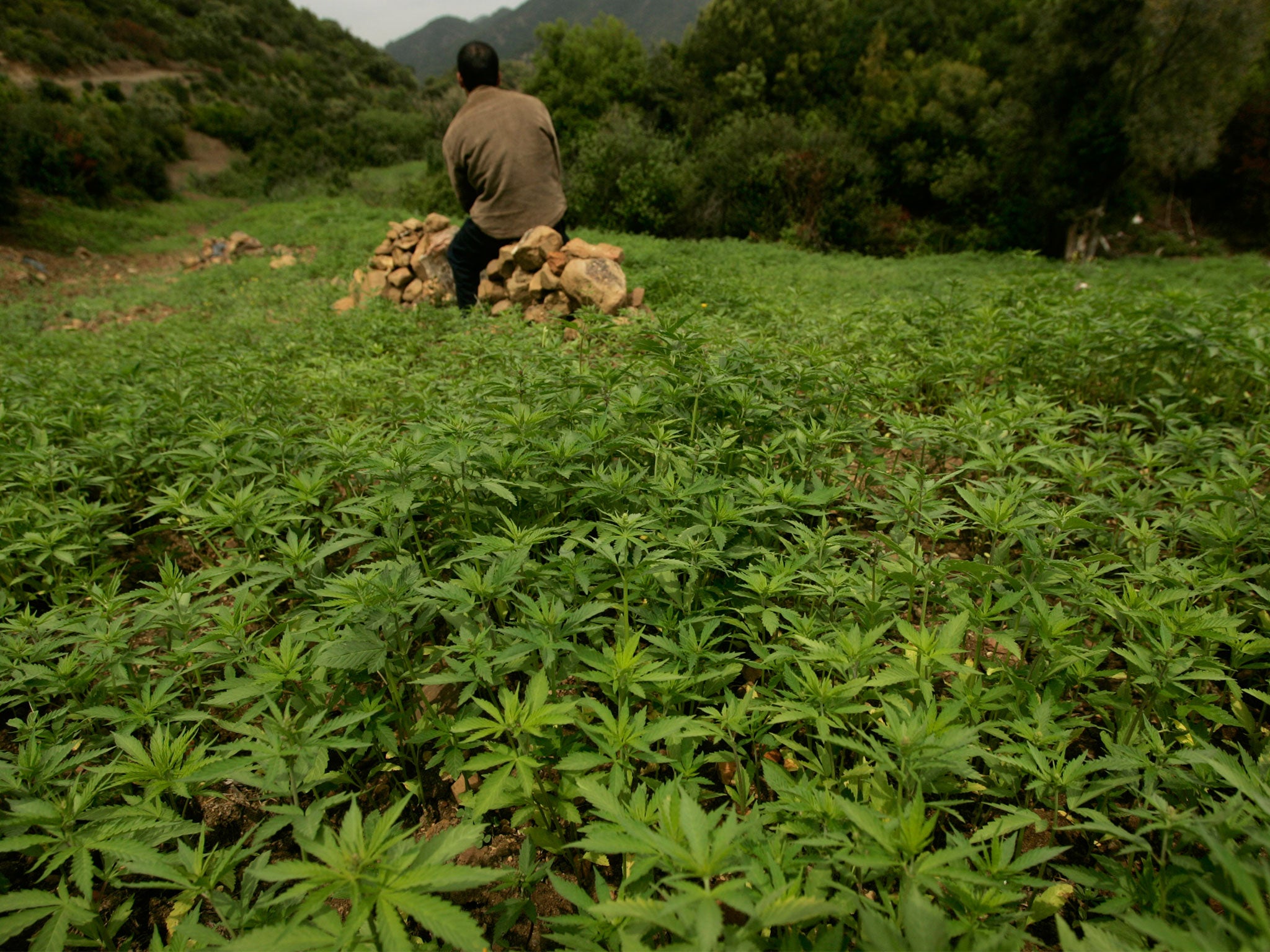The Independent's journalism is supported by our readers. When you purchase through links on our site, we may earn commission.
Cannabis used to grow wild in Europe but went extinct before first farmers arrived, research finds
Scientists now believe plant was commonplace on continent in prehistoric period

Your support helps us to tell the story
From reproductive rights to climate change to Big Tech, The Independent is on the ground when the story is developing. Whether it's investigating the financials of Elon Musk's pro-Trump PAC or producing our latest documentary, 'The A Word', which shines a light on the American women fighting for reproductive rights, we know how important it is to parse out the facts from the messaging.
At such a critical moment in US history, we need reporters on the ground. Your donation allows us to keep sending journalists to speak to both sides of the story.
The Independent is trusted by Americans across the entire political spectrum. And unlike many other quality news outlets, we choose not to lock Americans out of our reporting and analysis with paywalls. We believe quality journalism should be available to everyone, paid for by those who can afford it.
Your support makes all the difference.The growth of wild cannabis was rife in Europe during the Stone Age, but the plant disappeared from the continent before the first farmers had a chance to cultivate it, according to new research.
Scientists have previously struggled to determine where the plant grew, as its similarity to the related common hop meant usual methods of studying pollen fossils had proved difficult.
However, a group of researchers from the University of Vermont led by John McPartland now believe they may have solved the mystery, by examining what else was growing in the area.
In a study published in the Vegetation History and Archaeobotany, the team concluded that if other ancient pollen collected from a location were from plants common on grassy steppes, the sample is likely to be cannabis.
If other fossils suggest the area was woodland, it can be assumed the plant was a hop, the research states.
The new theory led the team to re-examine samples of Stone Age fossil pollen from more than 470 sites across Europe, concluding cannabis was present on dry tundra landscapes during the period.
However, when the first farmers set foot on the continent from the Middle East around 9,000 years ago, the plant was already beginning to disappear as the continent warmed.
Mr McPartland said there was little evidence that these new farmers cultivated the plant.
“If it wasn’t there they couldn’t domesticate it,” he told the New Scientist.
However, Cannabis did return to Europe around 4,500 years ago during the Bronze Age, when pastoralists from the Eurasian steppe moved into the continent, bringing the plant with them.
Best known in the modern would for its psychoactive properties, it was likely reintroduced onto the continent to be made into textiles.
However, Mr McPartland said he believed it was possible that early European farmers did use cannabis as a drug, in societies where alcohol would not yet have been commonplace.
“Even muted psychoactivity would have been appreciated by people who did not yet have alcohol,” he said.
Join our commenting forum
Join thought-provoking conversations, follow other Independent readers and see their replies
Comments